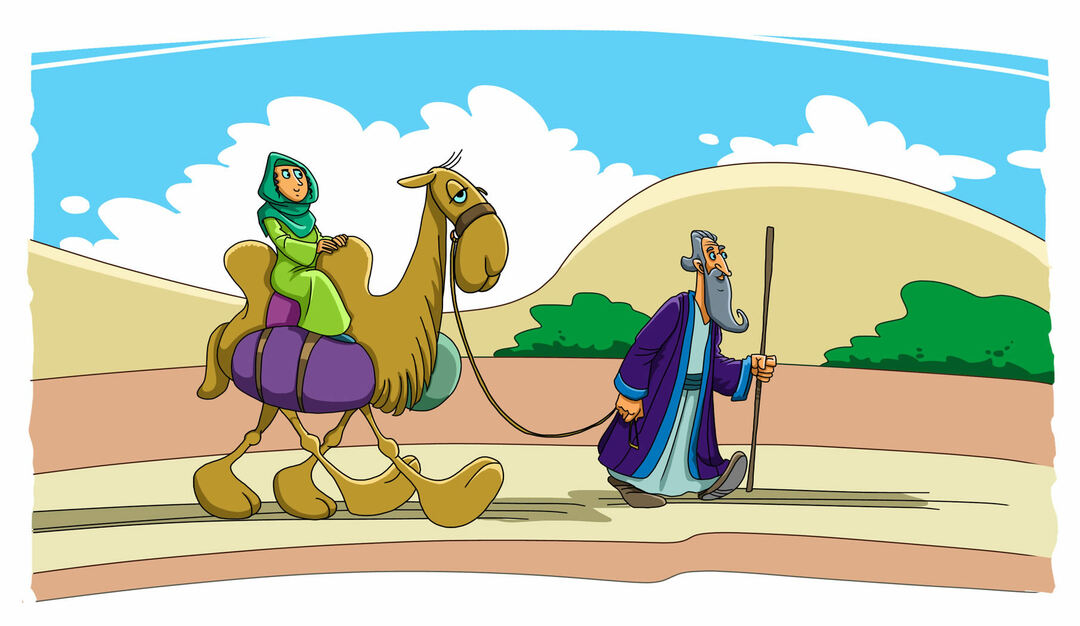Importance of Laterality
Miscellanea / / August 08, 2023

Title of Professor of Biology
As a spatial ability, laterality allows: 1) the execution of more complex movements; 2) the motor coordination between the right and the left part of the body and vice versa, as well as the differentiation between the upper and lower extremities; 3) have the ability to duplicate synchronized movements, making them with both parts of the body; 4) harnessing the potential of bilateral symmetry; and 5) the conscious discrimination on the actions of the movement towards a certain place or direction and with which part of the body to perform it.
Along with the evolutionary development of motor capacity, it was necessary to explore the mental abilities that allowed movements every more and more complex, accompanying the anatomical dynamics of the bodies, starting from the joints, allowing its maximum use by part of the species, as an evolutionary advantage in the search for the conquest of niches and the necessary resources for their survival.
orientation in space
Thanks to laterality, we can carry out activities such as writing, dancing, riding a bicycle, and even driving vehicles, as a direct effect of the possibility of discriminating between our positioning and that of the elements of the surrounding environment, a perceptive stimulus that in turn provides great information for the perception of a more complex spatial orientation, that allows us a connection with the vector sense of where we should go or where we come from, although to a much lesser degree than other mammals and even that possessed by their own insects.
Knowing exactly how to direct our movements based on space, added to the perception of depth of field, has been the greatest advantage for the development of activities that require high precision and greater attention, which surely served as an important stimulus for the development of the brain centers in charge of control of these abilities and with it of humanity itself in its ability to relate to the environment and develop new abilities and talents to perform with the own body.
manual skills
All the skills that can be executed with the hands, as well as the creation through the arts and crafts must be from the beginning to the ability of our brain to discriminate between one side of our body and the other and with it the control of its efficient motor coordination. The precision that a neurosurgeon or a goldsmith can develop in the movements of their hands, while at the same time manipulating tools to carry out detailed tasks, tiny and extremely precise, under the stress of having to maintain maximum attention to avoid irreparable errors, is without a doubt a scenario that not many want to do. On the other hand, however, there is a greater predisposition towards the search for this type of activity on the part of those who have a high connection with their fine motor skills and the management of their laterality.
reasoning in motion
Poor management of laterality is described among the manifestations that can present as generators of learning difficulties, such as dyslexia, attention deficit disorder and autism, but their origin may not necessarily be linked to some other cognitive or behavioral disorder, but rather more well, product of a low stimulation of this capacity at the neurological level, in which case its strengthening can be guided without much effort with a great variety of exercises that They are oriented at the physical level, for motor coordination, and at the mental level through neurostimulation with the promotion of the interconnection between the cerebral hemispheres, through of sight.
Incorporating this type of exercise into daily routines allows not only developing better and new talents dependent on body management, but also increase the quality of instinctive responses and immediate reactions by reducing the time needed for the mind to process the information information from various points in the environment, managing to harmonize communication between the conscious, unconscious and subconscious levels, and a more efficient perception by the various senses, for the production of motor responses based on more conscious and rational reflexes than those merely instinctive.
References
Bilbao, A., & Ona, A. (2000). Motor laterality as a trainable skill: effects of learning on the change in lateral tendency. European Journal of Human Movement, (6), 7-27.
Spain, m. d. c. P., & Pellicer, C. (2000). Left-handed drawings: perception and laterality (Vol. 3). Publications of the Jaume I University.
Mayolas Pi, M., Villarroya Aparicio, A., & Reverter Masia, J. (2010). Relationship between laterality and school learning. notes. Physical education and sports, 2010, no. 101, p. 32-42.
Mendez, R. (2010). Laterality influences learning problems. Digital magazine for teaching professionals, 2(4), 91-97.
write a comment
Contribute with your comment to add value, correct or debate the topic.Privacy: a) your data will not be shared with anyone; b) your email will not be published; c) to avoid misuse, all messages are moderated.


